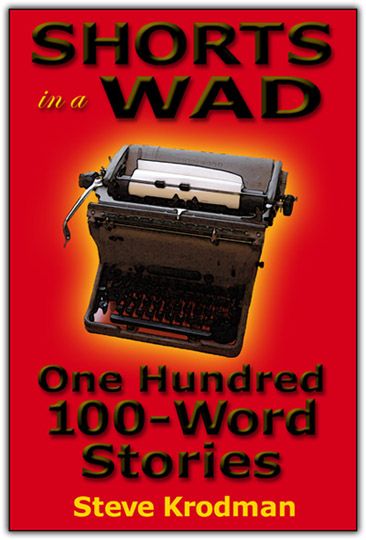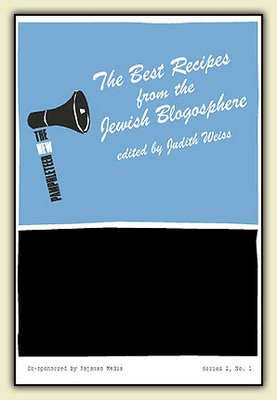- Baby Spinach and Arugula Salad with Toasted Pine Nuts and Dried Blueberries
- “Ultimate” Roast Duck with Sauce Bigarade
- Chicken Kiev
- Margaux, Château Palmer 1970
- Cabernet Sauvignon, Robert Mondavi Napa Valley 1980
- Garlic Roasted Red Potatoes with Scallion Sticks
- Mashed Carrots and Parsnips
- Meyer Lemon Curd Tartlets
- Botrytis Semillon, McGuigan Brothers Personal Reserve 1994
- Coffee
Let me explain, what mean “ridiculous.”
The finest sweet wines in the world are made from the Semillon grape. This particular grape is vulnerable to a fungus called Botrytis that cuses the grapes to develop what the Wine-O’s call pourriture noble: “Noble Rot.” The grapes’ skins develop a complexion somewhat like the Incredible Hulk after a chocolate binge, riddled with microscopic holes that allow water to evaporate. What you end up with is clusters of shrivelled “raisins” on the vine.
These shrivelled-up grapes, looking like Acidman’s ass after a week in a Costa Rican hot tub, are crushed to make an incredibly sweet, concentrated juice. It would be cloyingly sweet, in fact, except for the high acidity of the Semillon grape, which forms a perfect counterbalance to the sweetness.
This is the process - and the grape - used to make the greatest sweet wine on the planet, the legendary wine of Sauternes, Château d’Yquem. Except the stuff we had is made in Australia, where high-end dessert wines have become somewhat of a cottage industry. I’m here to tell you that, while it was no Château d’Yquem, it came close enough to shout “Who’s your daddy?”
The duck turned out dangerously good. Once again, I used Karen’s recipe, and once again, in lieu of using chicken stock to make the sauce, I simmered up a pan of stock from the duck heart, neck, and gizzard. Crispy skin, tender, flavorful meat - it was all Stefan and I could do to keep from tearing the carcass apart with our bare hands and burying our faces in it.
We’re such carnivores.
The ladies, meanwhile, enjoyed a couple of chunks of Chicken Kiev, which I prepared so that they would not starve in the midst of plenty. For both She Who Must Be Obeyed and Laura Belle are notoriously averse to Quacky Dinners.
The dessert was based on a recipe for Meyer lemon curd I had snarfed from the Bakerina last year. Meyer lemons have a warmer, more delicate flavor than the usual supermarket lemon, and the little tartlets I made had just the right amount of sunny acidity to offset their richness.
Wotta meal. That’s one small dinner for four, two Tasty Animals for PETA.




















No comments:
Post a Comment